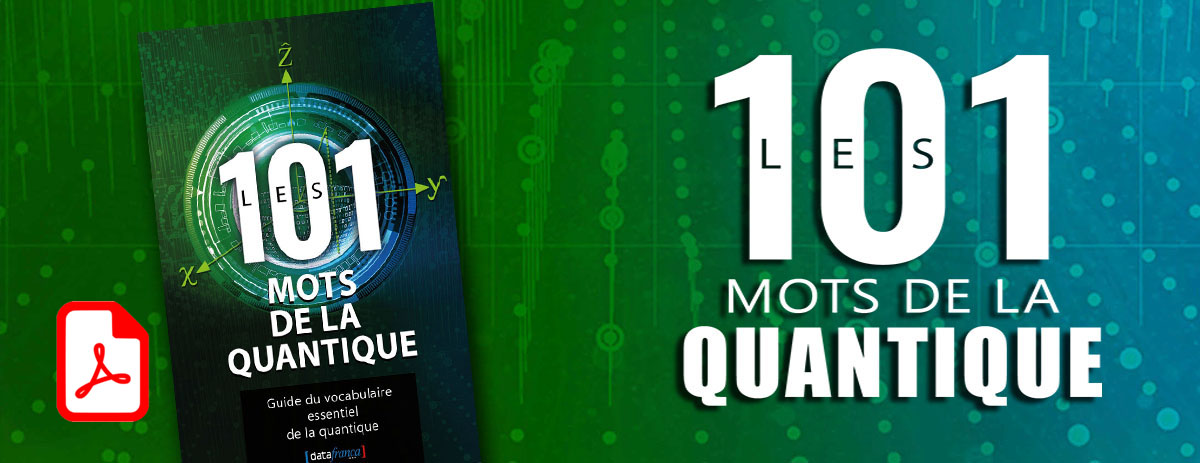« Gradient Bagging » : différence entre les versions
m (Remplacement de texte : « ↵<small> » par « ==Sources== ») |
m (Remplacement de texte : « ↵↵↵↵ » par « ») |
||
| Ligne 3 : | Ligne 3 : | ||
[[Catégorie:ENGLISH]] | [[Catégorie:ENGLISH]] | ||
| Ligne 19 : | Ligne 18 : | ||
Gradient bagging, also called Bootstrap Aggregation, is a metaheuristic algorithm that reduces variance and overfitting in a deep learning program. While usually applied to decision trees, bagging can be used in any model. In this approach, several random subsets of data are created from the training sample. Each collection of subset data is then deployed to train a different decision tree. The end result is an ensemble of different models, with the average of all decision tree predictions used instead of just one. Bagging is also used for the node splitting step when creating Random Forests. | Gradient bagging, also called Bootstrap Aggregation, is a metaheuristic algorithm that reduces variance and overfitting in a deep learning program. While usually applied to decision trees, bagging can be used in any model. In this approach, several random subsets of data are created from the training sample. Each collection of subset data is then deployed to train a different decision tree. The end result is an ensemble of different models, with the average of all decision tree predictions used instead of just one. Bagging is also used for the node splitting step when creating Random Forests. | ||
Dernière version du 29 janvier 2024 à 12:26
Rediriger vers :
Définition
XXXXXXXXX
Français
XXXXXXXXX
Anglais
Gradient Bagging
Gradient bagging, also called Bootstrap Aggregation, is a metaheuristic algorithm that reduces variance and overfitting in a deep learning program. While usually applied to decision trees, bagging can be used in any model. In this approach, several random subsets of data are created from the training sample. Each collection of subset data is then deployed to train a different decision tree. The end result is an ensemble of different models, with the average of all decision tree predictions used instead of just one. Bagging is also used for the node splitting step when creating Random Forests.
Sources
Contributeurs: wiki










